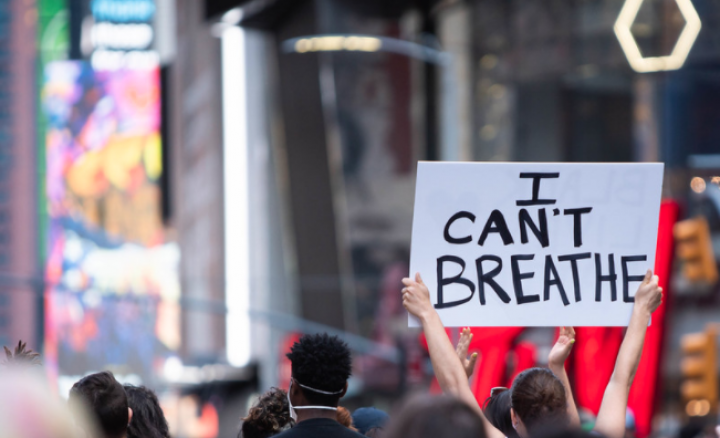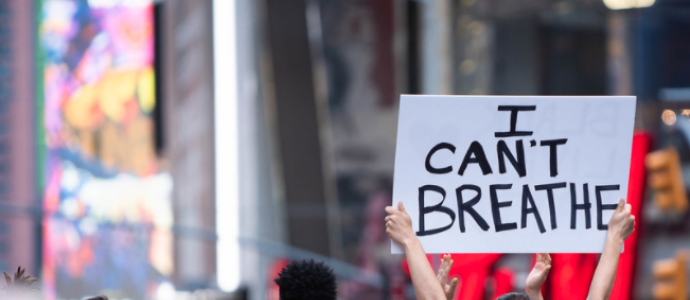Share

What is a Social Story?
Social stories can be used with adults and children; they are a tool to help provide directions and examples of appropriate ways to respond to social situations. The goal of a social story is to illustrate and clarify expectations while building skills such as coping and emotional regulation. Social stories provide framework and should serve as a clear example of expected behaviors. Social stories consist of directive sentences (sentences that tell a person what to do) and descriptive sentences (sentences describing the situation). A well written social story has both types of sentences. A social story should be succinct while clearly highlighting the person’s goals and target behaviors. See the example below.
Recipe for an effective Social Story:
Right now, I have to stay at home so I am safe.
(Descriptive)
It may be hard for me because I like going to school.
(Descriptive)
When I am home, I can do fun activities like write letters to my friends and play board games.
(Descriptive, provides specific examples of what the person can do)
When I am home, I will follow directions from [CAREGIVER NAME(S)] and use my breathing techniques when I feel frustrated.
(Directive and clearly states expected behavior)
Staying at home can be fun!
(Descriptive and positive)
Reference:
How to Write a Social Story - Vanderbilt Kennedy Center
Resources:
YAI has developed a couple of social stories to help contextualize current events, including understanding why people are protesting police brutality, how to say sorry and change problematic behavior, and how to be a better listener and friend.
- Saying Sorry and Changing - Social Story
- Why are People Protesting - Social Story
- Black Lives Matter - Social Story
- #BLM - Social Story
More resources—beyond social stories—can be found in our Resource Database.

